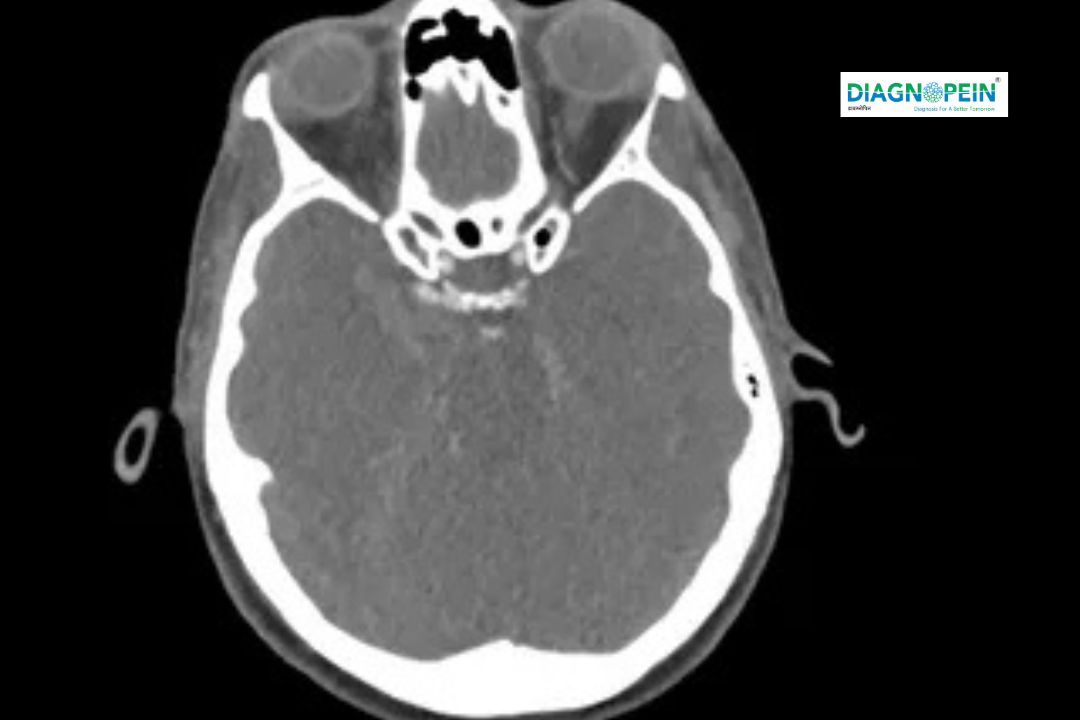Why CT Neck Angiography Is Done
CT Neck Angio is commonly recommended to:
-
Detect narrowing or blockages in carotid or vertebral arteries
-
Evaluate aneurysms or vessel malformations
-
Investigate arterial injury after trauma
-
Assess blood flow abnormalities causing dizziness or vision changes
-
Plan vascular surgeries or stent procedures
-
Monitor previous vascular treatments or interventions
This test is crucial for early diagnosis and prevention of cerebrovascular accidents or stroke-related risks.
Preparation for the Test
-
Fasting: You may be asked to avoid eating or drinking for 3–4 hours before the scan.
-
Contrast use: The scan uses an iodine-based contrast dye; inform your doctor if you have allergies or kidney issues.
-
Clothing: Wear comfortable clothes and remove any metallic items or jewelry.
-
Hydration: Drink water after the test to help flush out contrast material from your system.
Test Procedure
-
You will lie on the CT table, and a contrast dye will be injected into your vein (usually in the arm).
-
The CT scanner will rotate around your neck, capturing multiple X-ray images in seconds.
-
These images are then processed to create detailed cross-sectional and 3D images of the blood vessels.
-
The entire procedure takes around 10–15 minutes and is painless and non-invasive.
Understanding the Results
After the scan, a radiologist interprets the images to identify any narrowing, obstruction, or vascular malformations. The results help your doctor decide if further treatment, such as angioplasty, surgery, or medication, is needed.
Advantages of CT Neck Angiography
-
Fast, non-invasive, and highly accurate
-
Detects vascular issues before complications arise
-
Offers clear 3D imaging of neck arteries and veins
-
Helps in planning and guiding surgical or interventional treatments
Why Choose Our Diagnostic Center
-
High-resolution multi-slice CT scanners for superior imaging
-
Fast report turnaround by experienced radiologists
-
Safe contrast protocols for patients with sensitivities
-
Affordable packages with accurate, reliable diagnostics








